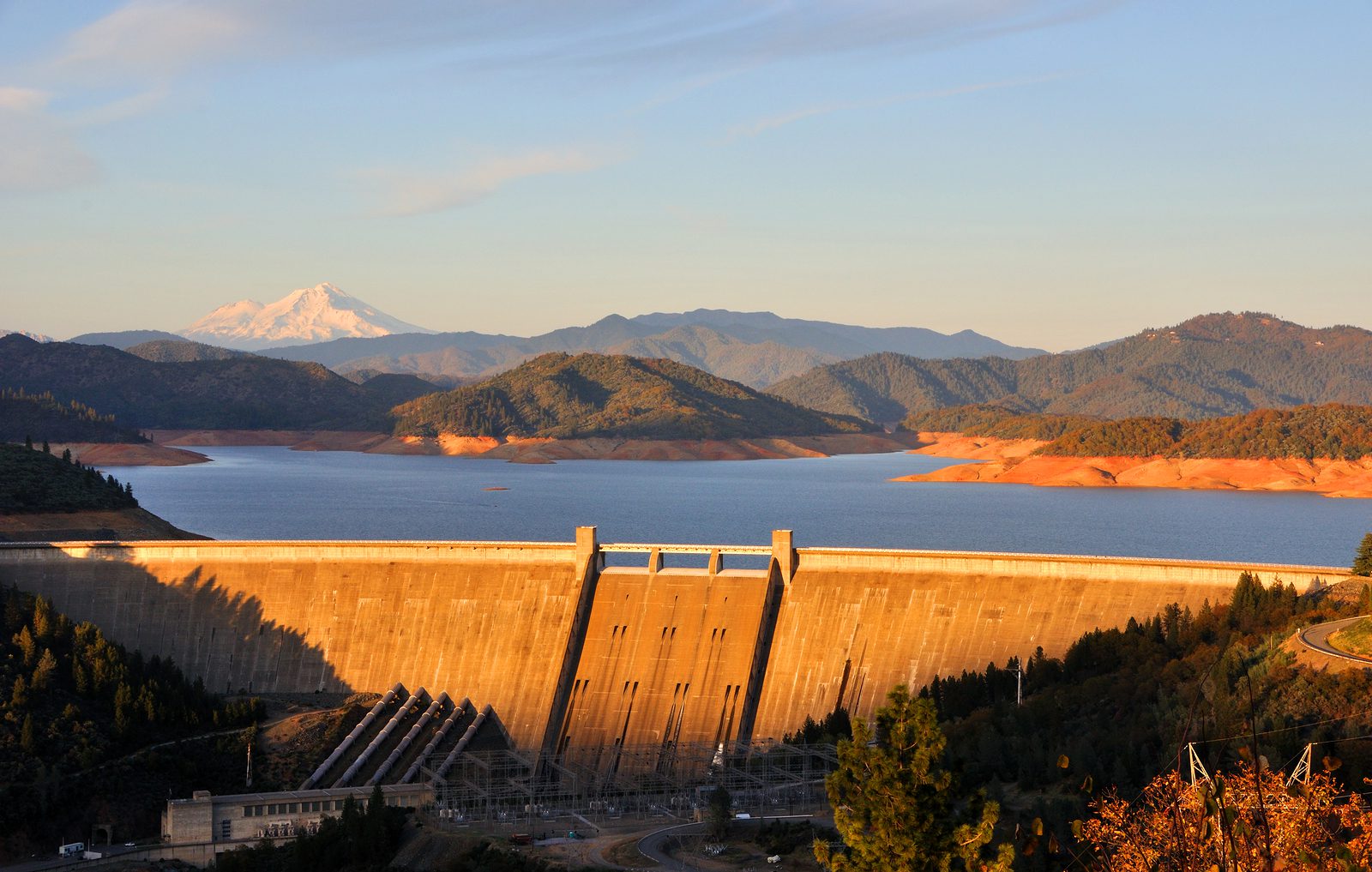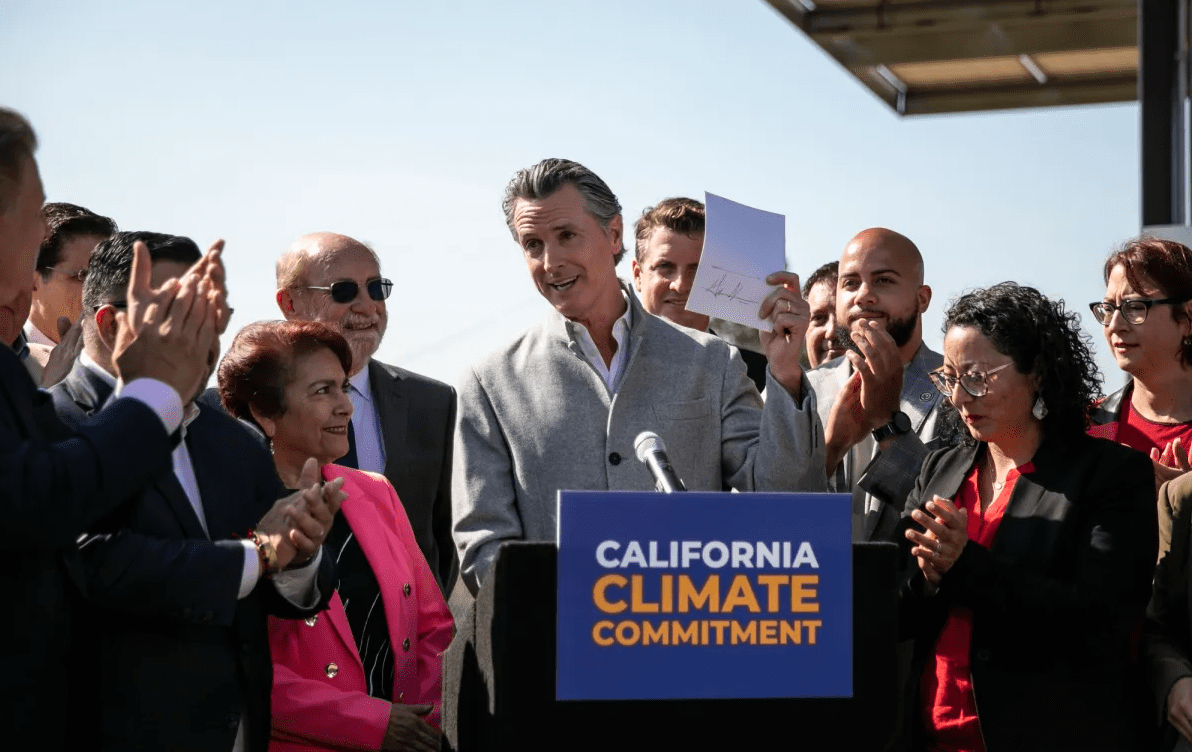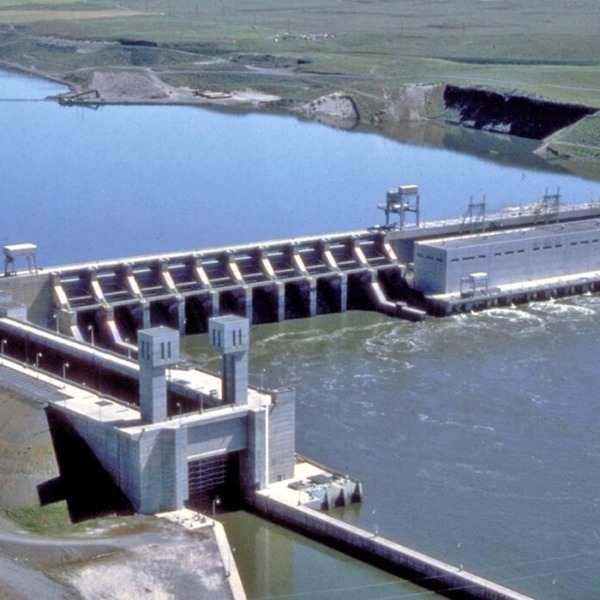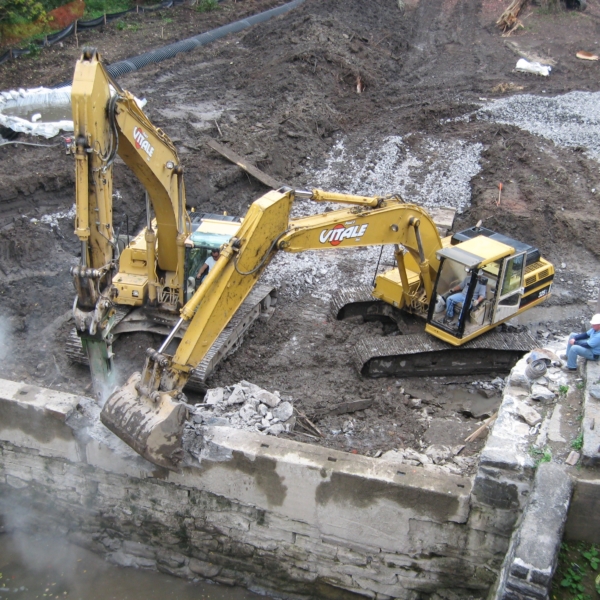California’s connection to hydropower runs deep. While the state grapples with intense droughts and perishing heat waves, hydropower assets across California work hard to keep the lights on.
A recent report published by Pacific Northwest National Laboratory (PNNL) explores the complex relationship between drought and hydropower, which may be more nuanced than it might seem. In creating the report, PNNL hydrologists combined 20 years of annual power generation data from more than 600 hydro plants with historical precipitation data from eight distinct hydropower climate regions of the Western U.S.
The report’s findings showed that even during the most severe droughts of the last two decades, hydropower was able to sustain 80% of average power generation levels, or 20% of electricity demand across the West.
This finding was evident in September when California faced a record heatwave, which saw cities like Sacramento reaching 116 °F. Governor Gavin Newsom called upon residents to conserve energy, and Californians responded selflessly, cutting their load by roughly 2,000 MWs. At the time, hydropower resources were providing 5,000 MWs of clean energy to bolster the grid, preventing rolling blackouts from occurring.
The National Hydropower Association’s (NHA) selection of Sacramento, California, as the site for 2022’s Clean Currents conference + tradeshow, which takes place this week at the SAFE Credit Union Convention Center, recognizes the state’s important contributions to hydropower. With Bureau of Reclamation, California Department of Water Resources, Northern California Power Agency, Pacific Gas & Electric, Sacramento Municipal Utility District, and Yuba Water Agency as host utilities, Clean Currents 2022 will be a celebration of not only the industry, but also the contributions, and potential, of California’s robust hydropower fleet.

HYDROPOWER IN CALIFORNIA: THE STATS
California, the most populous U.S. state, has an active residential population of 38 million and possesses the largest economy in the country, with $3.4 trillion gross state product as of 2021, making it the fifth largest economy in the world. Understanding how hydropower provides for the state is important when developing a deeper appreciation for the challenges and opportunities in store for the hydropower industry over the next few decades.
Governor Gavin Newsom recently signed a sweeping package of legislation to cut pollution and accelerate California’s transition to clean energy, aiming to achieve carbon neutrality no later than 2045. This package compliments the California Climate Commitment, a record $54 billion investment in climate action, which aims to accomplish significant action addressing the climate crisis.
With estimates of 4 million new jobs over the next 20 years, the hydropower industry, which employs nearly 11,100 workers across the state, will benefit from the employment push as it plays an important role in the California Climate Commitment’s success while also requiring 3,700 new employees by 2040 to offset retirements and industry growth.
California’s investments in renewable energy will help tap into the amount of technical potential hydropower over 1 MW at existing dams (which is estimated at a total of 109.3 MW) as well as the 3,360 MW of technical potential hydropower at new stream reaches outside wilderness. The theoretical marine hydrokinetic potential on California’s coast is also significant, with a potential for 270 TWh/yr.
The energy hydropower produces is made even more impactful due to its role as a backstop and on-demand resource for California’s robust wind and solar portfolio, as hydro can provide instant energy in the event of a black start.
To better understand the importance of hydropower in California, Northwest Hydropower Association put together a helpful fact sheet about the renewable’s impact across the state, which is the 4th largest hydro producer in the U.S, possessing 386 hydro facilities, which produce 10,890,000 megawatt-hours of net electricity generation annually – representing 13% of its total renewable energy.

THE CLEAN CURRENTS CONNECTION
The waterpower community will be converging on Sacramento this week to take part in tours of hydro facilities in California, workshops, networking, information sharing, and much more during the National Hydropower Association’s Clean Currents Conference + Tradeshow.
All of this is set against the backdrop of California’s exciting clean energy campaign, which counts hydropower as one of the integral components in achieving the California Climate Commitment’s goals.











